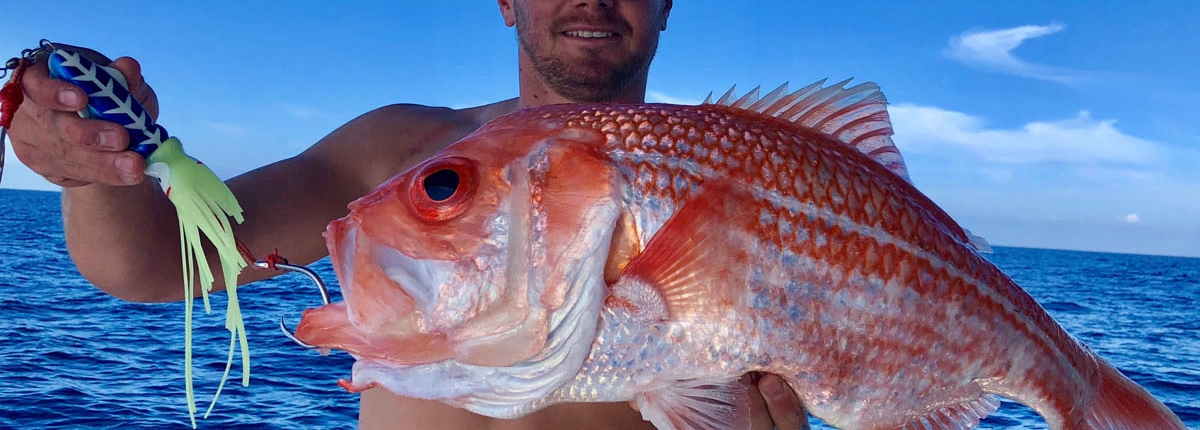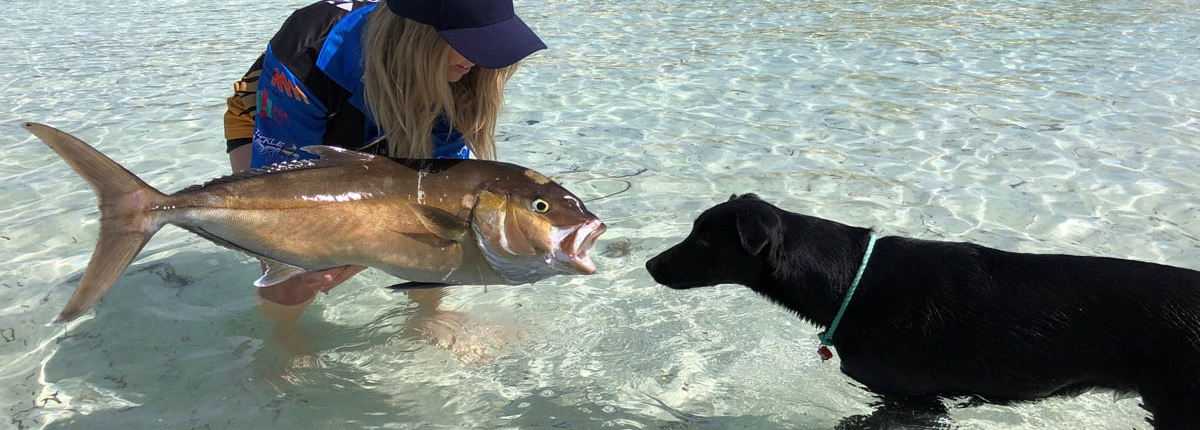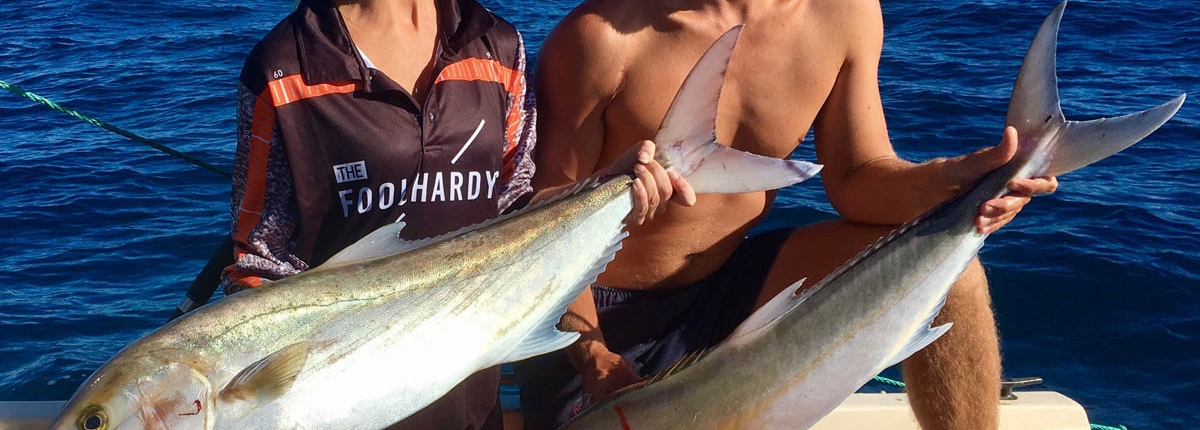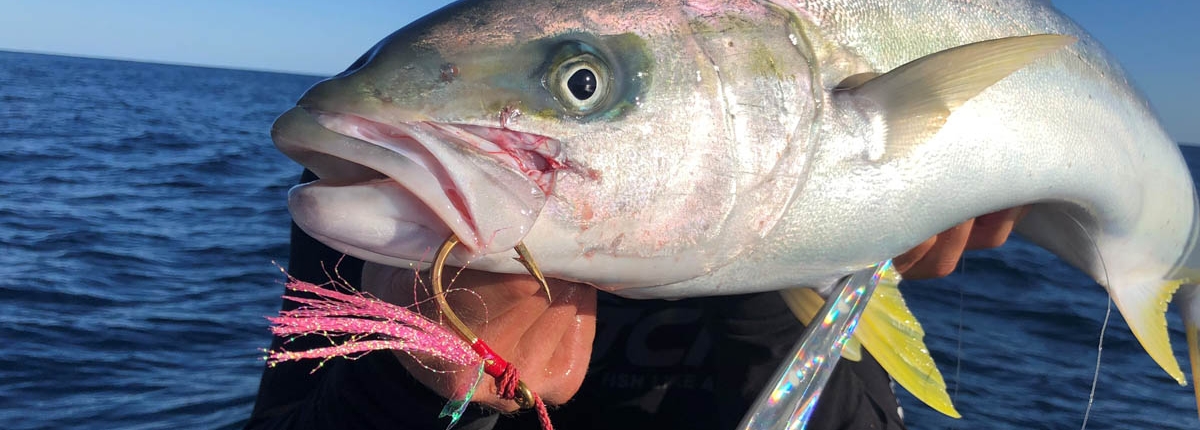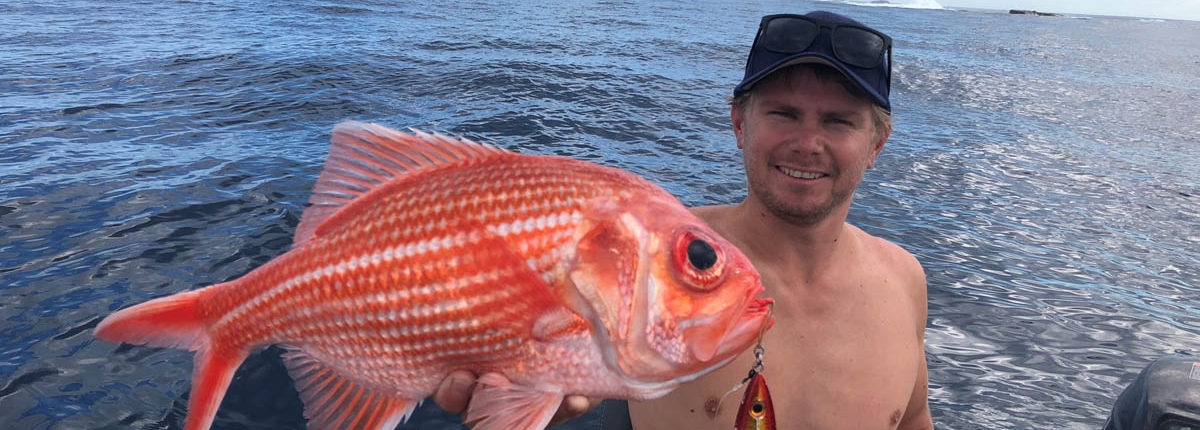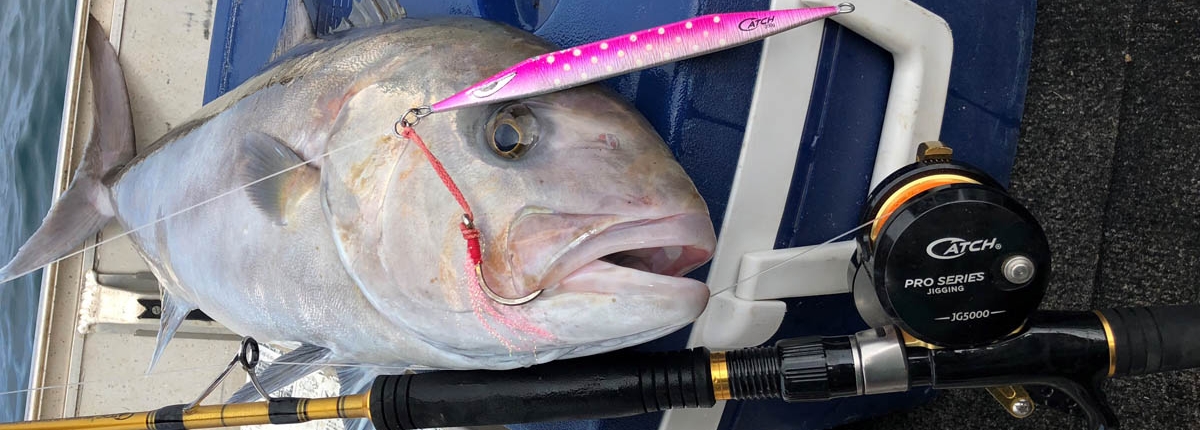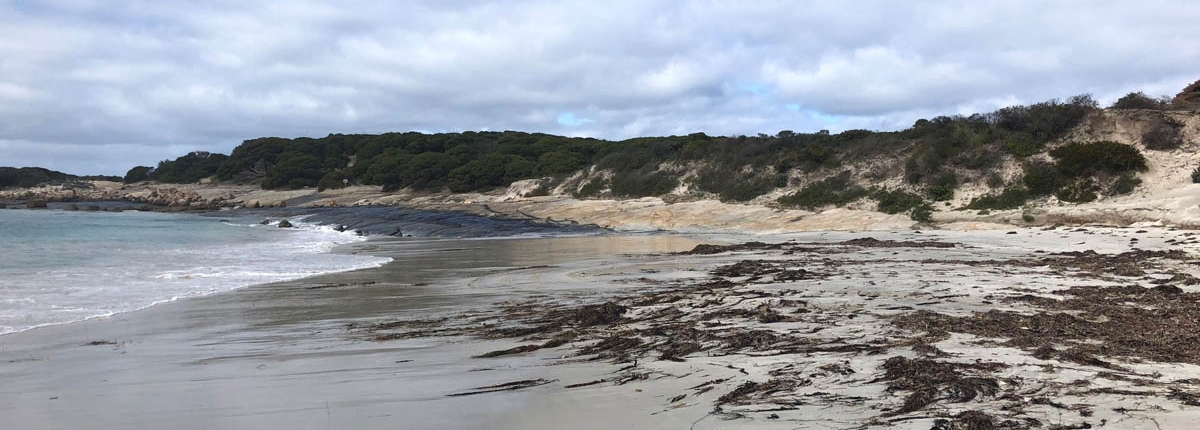FIND FISH FAST
By Tim Mitchell – Esperance, Western Australia
Catch Pro Team member, Tim Mitchell now lives in the Australian fisherman’s paradise of Esperance, but it wasn’t all happy hooking and fresh fish barbeques when he first moved south. Soak up a few tips on how he learnt to find fish fast…
Four years on the South West Coast of Australia and I’ve finally worked out how to make a fishing trip at least somewhat reliably successful. As with all fishing, even in this relatively untouched ocean wilderness, it was no easy task, with trial and error the only way forward.
Local Knowledge
My first smart decision was to move here. The second was to make a few local connections at the tackle shop.
Questions like, “What is the annual cycle?” was a good place to start before getting too granular. These blokes are a fountain of fishing knowledge and soon a broad picture was laid before me, including an indication of the months I could expect to encounter various species and what tackle was needed to be successful.
I felt armed for action, but this was far from the case. Why? Because as every proven fisherman knows, the real secret to success is location, location, location – knowledge most of us keep very close to our chest.
Find your spot X – land-based
The easiest way to find a reliable fishing spot is not actually easy at all. It usually involves travelling as far from the maddening crowd as practical. The truth is more convenient locations get fished a lot, putting non-migratory species under pressure.
For land-based fishos, Google Earth will help start your hunt. My research included looking for big gutters on surf beaches or nice rock ledges dropping off quickly to darker water. Frustratingly, I soon found many of the images to be old with the holes filled in or moved, so once on location, it is a matter of fine-tuning by locating the biggest rip, a feature usually accompanied by a sizeable fish-holding trench.
Some rock ledges looked very fishy online and at the location but didn’t produce much fish. Perhaps there wasn’t enough bait passing through as food, or maybe the underwater structure was unsuitable as a habitat. It is hard to be sure on a limited window, but my experience proves you shouldn’t give up too soon as a ledge only 100-meters away, which may have appeared less fishy, sometimes produces the goods. Land-based fishing is a true test of try and try again. Just be wary of the frequent hazards such as steep, slippery ledges and rogue waves.
Find your spot X – by boat
In the era of modern navigation systems, the challenge of locating a magic spot is much easier for boat fishermen. Apps such as Navionics offer a detailed map of the sea-floor and only a little experience is required to identify likely looking contours.
I like to start by eyeballing the distances between settlements, generally aiming to target the zones between them. With Navionics as the primary planning tool, I study the contour lines noting the areas indicating reefs, broken foul and dropoffs.

Before a new mission, it does pay to research a chosen launching point by ringing a local tackle shop to get the low-down on the viability of my plan. It sucks to turn up and discover a beach launch is out of the question for some unforeseen reason. Even in the best conditions, these launches require at least two experienced people, and the difficulty quickly compounds when faced with weed piles on the waterline, swell, soft sand, shallow water, or submerged rocks.

This looks like a nice place to launch, but the weed can be deceiving with boggy air-pockets underneath a large possibility. Test it out by unhooking the boat a driving over it first.
When it all lines up and a beach launch is possible, the next challenge is to find fish-holding structure. I plan to fish pre-chosen locations by factoring in the wind forecast first followed by the tide and swell. If the forecast is less windy in the morning, head to the widest spots first and slowly fish your way back to the launch location. No-one enjoys long runs home into a fierce to frightening headwind.
I usually have around five spots in the plan to fish but may not even bother dropping if the sounder doesn’t show activity – time is always a precious commodity and it is easy to burn it unproductively. However, if a spot fishes well, I don’t usually leave until the bite drops off. That said, it pays not to take too many fish from one location; why ruin a honey hole?
Even after a good session, I’ll still have a few drops at new spots on the way back, just to see what they’re like. Mental or written notes of the conditions relative to the fishing are a good idea as this is how knowledge builds over time.

Adapted techniques
At first in SW Australia, I mostly fished with bait. Now I’ve switched exclusively to fishing jigs. I’ve found jig fishing cleaner with a bigger average fish taken. Catch Fishing jigs are my go to and I’m now part of the Catch Pro Team.
Catch Fishing offers a wide variety of types, sizes and colours so it’s rare there isn’t something in the arsenal suited to the conditions. So far I found few species refuse them.
In deeper water, it’s obvious to use heavier jigs, especially for demersal species. Surprisingly, I’ve found traditional high speed lures like slider and knife jigs work extremely well slowed right down both on the bottom and on a low to mid water retrieve. I try to match the jig colour to the prey, which is often smaller fish of the same species. For example, Nannygai are red, which turns dark at depths, so I target them with orange, gold or red.
Another surprise is the effectiveness of jigs for landbased fishing, both from the beach and the rocks. Try smaller sizes from 30 to 100 grams with snag-free hooks to reduce the jig attrition.
I hope this short piece helps you get started in a new location or even encourages a change to the dark-side and jig fishing. There’s plenty more articles and videos on the way from Catch Fishing to help advance your progress.

